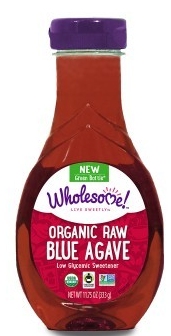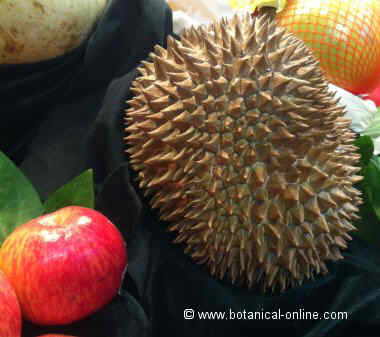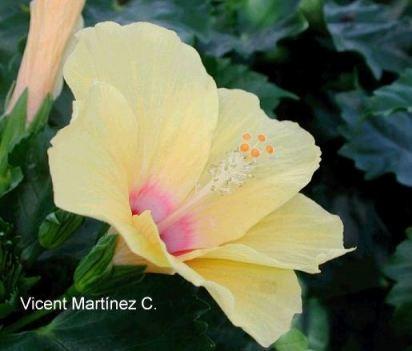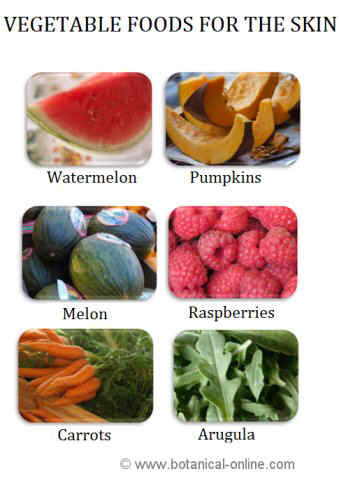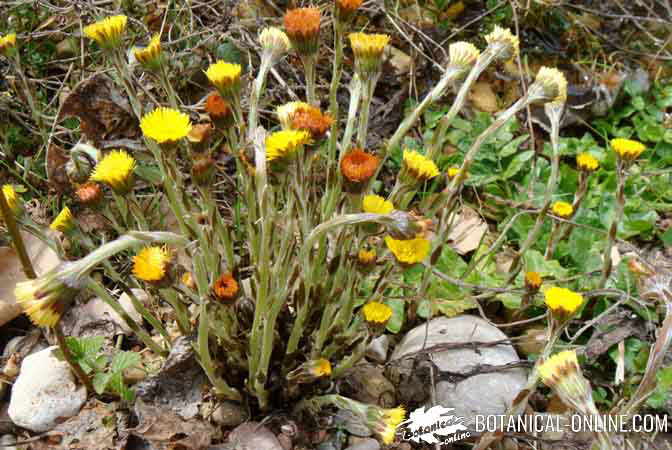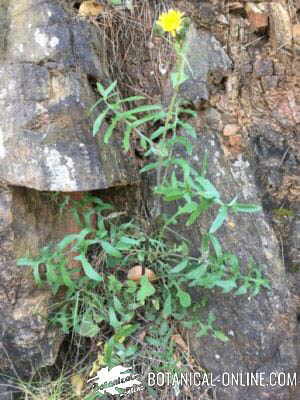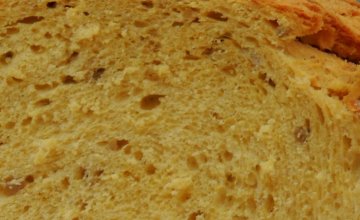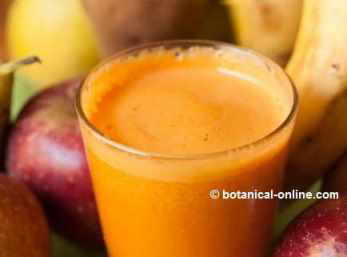Contents
- 1 Properties of glucosinolates against cancer
- 1.1 What is the relation of glucosinolates with cancer?
- 1.2 How do glucosinolates act against cancer?
- 1.3 Only raw cruciferous act against cancer
- 1.4 How many cruciferous vegetables should be eaten to prevent cancer?
- 1.5 What cruciferous vegetables protect us against cancer?
- 1.6 Who should not eat cruciferous vegetales rich in glucosinolates?
Properties of glucosinolates against cancer
What is the relation of glucosinolates with cancer?
Glucosinolates are chemical compounds with a spicy taste found in the family of cruciferous vegetables, to which cabbage, rapeseed, arugula, cauliflower, purple or red cabbage, mustard, radishes or turnips belong .
All these vegetables have a strong anticancer potential due to many of their components, being the glucosinolates one of the most potent in its action against certain types of cancer. Other components that also influence are: fiber, folic acid, vitamin C and flavonoids.
Another plant that does not belong to this family but is rich in glucosinolates is moringa, a tree from tropical and subtropical regions whose edible leaves are being studied for their numerous food and medicinal properties.
How do glucosinolates act against cancer?
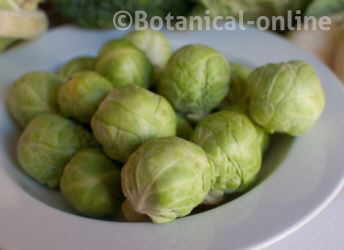
When cruciferous vegetables, such as cabbages, are chewed, the cell membranes of the plant are broken and an enzyme called myrosinase is released.
This enzyme breaks down the glucosinolates present in the food into glucosinolates (isothiocyanates, thiocyanates or indoles). These substances are very aromatic to scare away plant predators in their natural environment, although in our organism, isothiocyanates and indoles protect us against many types of cancer.
It is scientifically proven that a diet rich in cruciferous plants, such as cabbage, watercress or arugula, has a protective effect against different types of cancer, such as breast , lung, colon, rectum and prostate cancers.
The glucosinolates of broccoli (glucoraphanin and glucobrassicin) are broken down into sulforaphane and into indole-3-carbinol (abbreviated as I3C). They are protective against breast, lung and colon cancer.
A study has observed that the daily ingestingion of 250g of cruciferous vegetables helps eliminate carcinogenic substances (6-phenylimdiazole (4,5-b) pyridine). So, this type of vegetables being a very important dietary factor in the prevention of colon cancer.
The indoles are involved in the regulation of estrogens, also helping in this way to prevent breast cancer.
Only raw cruciferous act against cancer
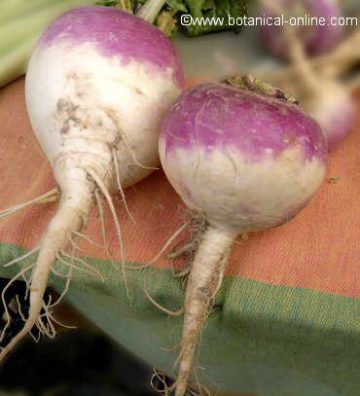
It is important to know that heat destroys the enzyme myrosinase and therefore can not form the antitumor compounds (glucosinolates) of vegetables.
Therefore it is recommended to consume them raw or preserved (chukrut, arugula salads, radishes, grated turnip, etc.).
Boiling must be short to preserve the anticancer potential to the maximum.
It is not recommended to cook vegetables in the oven, in sofritos or boiled for too long, because glucosinolates are lost, in addition to a large amount of vitamins and minerals.
In the same way, grating these vegetables or chewing them well will help to produce more enzymes. For example, grated turnip or rolled radishes in salads will give a spicy flavor, but it will be very antioxidant.
How many cruciferous vegetables should be eaten to prevent cancer?
It is recommended to consume these vegetables on a regular basis in the diet, for example, between 2 and 4 times a week.
What cruciferous vegetables protect us against cancer?
Vegetables of the cruciferous family that protect against cancer are:
Who should not eat cruciferous vegetales rich in glucosinolates?
They should NOT be eaten by people with thyroid problems (Hashimoto’s thyroiditis or hypothyroidism). In these cases it is better to avoid these vegetables because of their goitrogenic effect, that is, they have been observed to prevent the correct assimilation of iodine.
For these people it is more advisable to eat the vegetables 1-2 times a week and use other antioxidant foods.
![]() More information on glucosinolates and cruciferous vegetables
More information on glucosinolates and cruciferous vegetables

